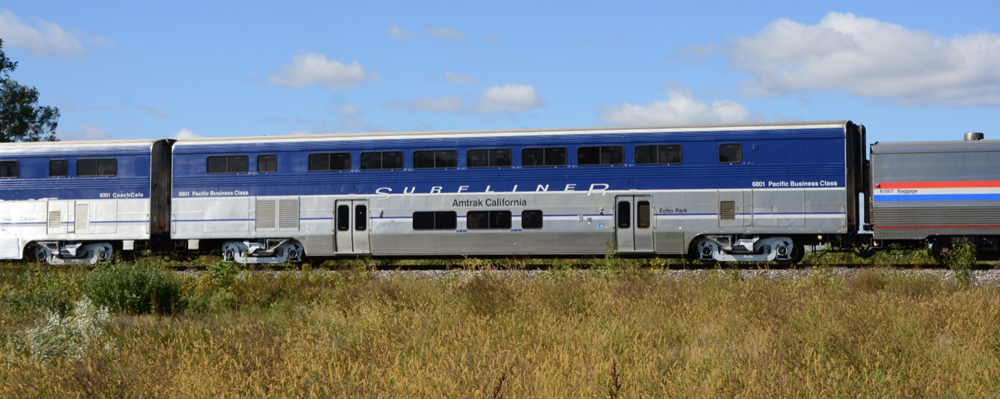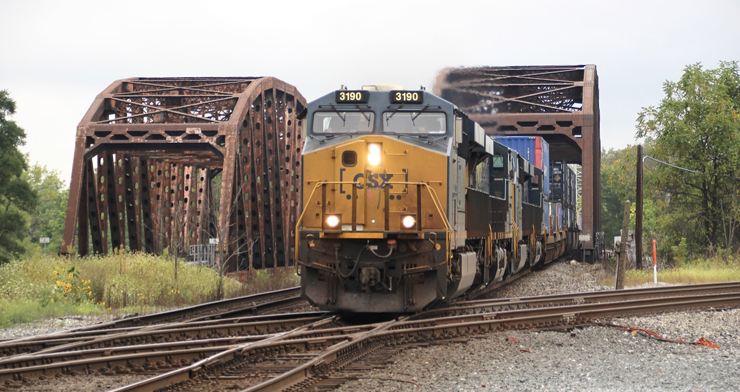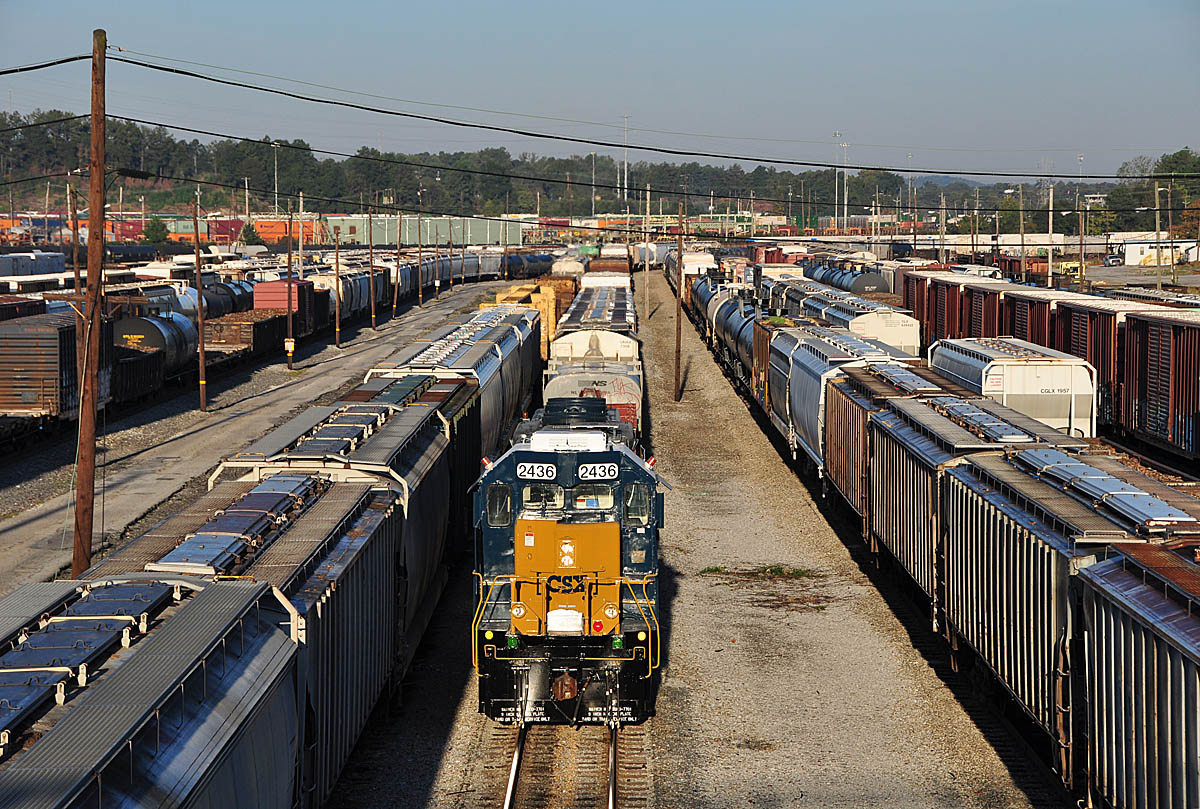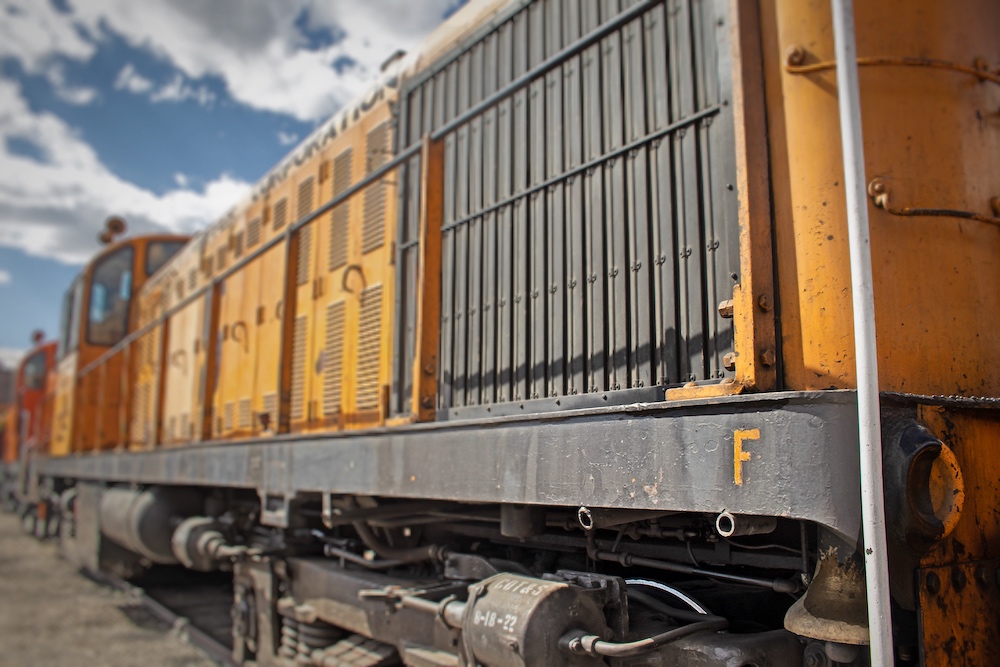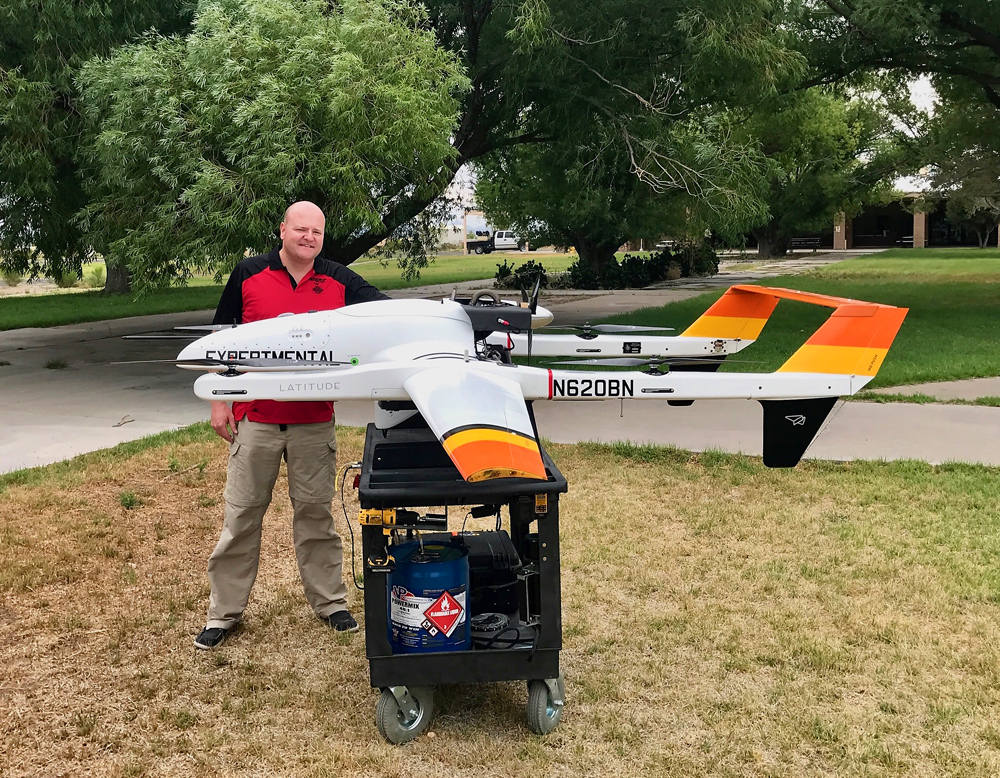Class I railroads: If you’re in your car watching a long 100-car freight train roll over a grade crossing, chances are good that the train belongs to one of the Class I systems. The Class Is operate 70% of the total track miles in the U.S., employ 73% of the labor force, and account for more than 79% of total rail freight revenues.
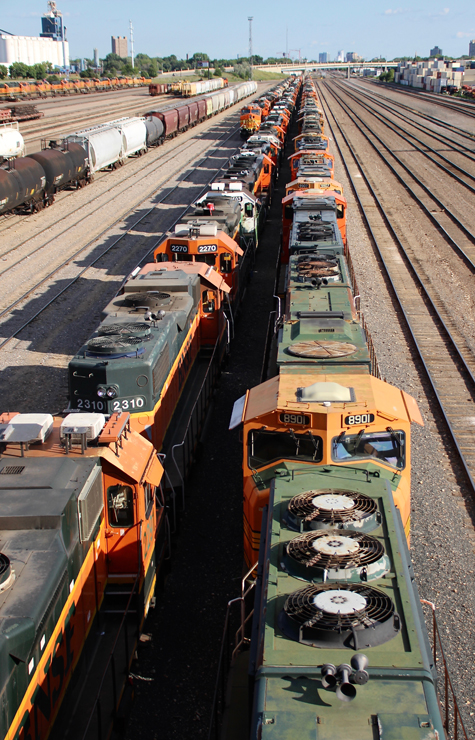
But what does Class I mean? The federal Surface Transportation Board categorizes railroads by size and is responsible for establishing the thresholds that determine the categories. As of January 2006, a Class I railroad was defined as one that generates revenues of $289.4 million or more each year. Class II railroads are those with annual revenues between $20.5 million and $289.4 million. Class III railroads have earnings of less than $20.5 million.
For Class II and III carriers, the Association of American Railroads, the industry’s trade group, developed its own system of categorizing railroads as either Regional or Local. Regional railroads are those with annual revenues that range between $40 million and $256.4 million and operate at least 350 miles of track. Local railroads are defined as having revenues below $40 million and less than 350 route miles.
As of May 2023, there were six Class I systems operating in the U.S. and Canada. While their roots reach back to the earliest days of American railroading, today’s mega-systems were formed from countless mergers, acquisitions, and consolidations. (In fact, when Trains Magazine profiled the Class Is fifteen years ago, there were 14, a decline of over one third. This can be attributed to several big mergers that occurred in the 1990s and a change in the revenue threshold used for Class I reporting, up from $93.5 million in 1990.)
No matter what the railroad’s name or affiliation, the tradition of operating heavy freights on high-volume main lines continues with the Class Is.
Class I (freight):
- BNSF Railway
- CSX Transportation
- Norfolk Southern
- Union Pacific
- Canadian Pacific Kansas City (Canada)
- Canadian National (Canada)
Class I (passenger):
- Amtrak
